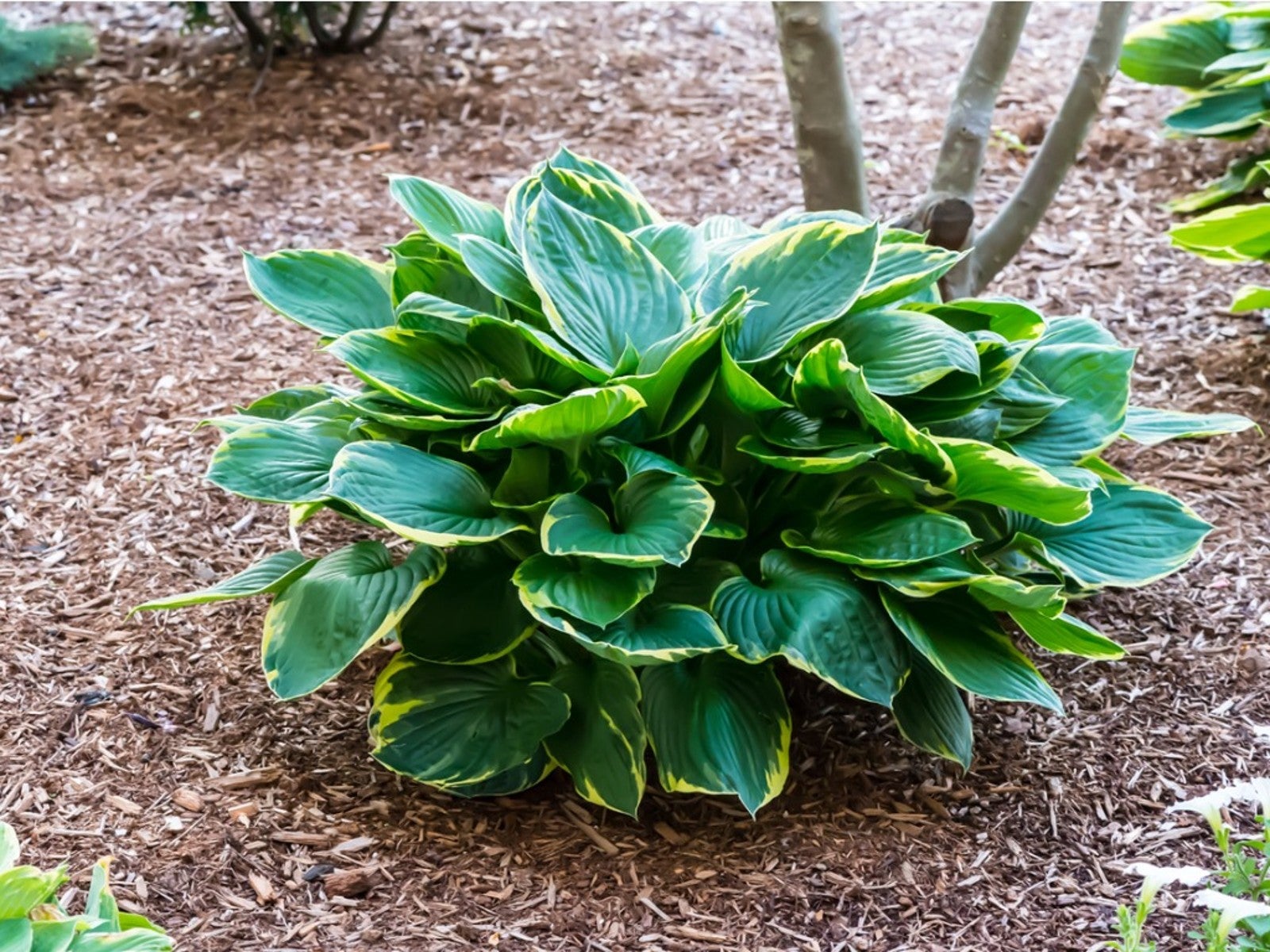Growing Hostas In Colorado And The Southwest US


The American Southwest features a sunny, arid climate nearly year round. Freezing temperatures do occur but the majority of the region is hot. Hostas are plants that prefer part to full shade in organic rich soil. They also need plenty of water. Hostas in New Mexico may not receive enough natural precipitation and will need a deep soak weekly. Colorado hostas, similarly, will need consistent moisture, but also protection from the deep winter chills.
Hostas are beautiful foliage plants with small flower spires. They come in a wide range of sizes, providing displays for any size of garden. Due to their cultural needs, hostas grown in the Southwest should be selected for drought and sun tolerance. Open areas of the landscape with little shade will produce poorly growing plants and will likely burn the gorgeous leaves. While the Southwest is characterized by hot temperatures, areas like Colorado get extremely cold in winter. Site selection is the most important consideration for growing hostas in the Southwest.
Can Hostas Grow in Arizona?
The Southwest comprises Arizona, New Mexico, and parts of Colorado, California, Nevada, Texas, Utah, and Oklahoma. This lower portion of the U.S. has desert-like lands, and in some cases actual deserts. In areas such as Arizona, New Mexico, Nevada, and Texas, temperatures commonly soar to the triple digits, while evening temperatures during certain times of the year drop to freezing. Such wild ranges in a single day pose many challenges for plants that are not native. However, even hostas may be grown in the region. Hostas perform well when they receive morning or late afternoon sun, with shade during the heat of the day. The soil in the Southwest can be anywhere from silty, to clay, to loam. Soil should be amended with well rotted compost prior to planting hostas to provide plenty of organic matter and porosity.
Site Selection for Hostas
Hostas' large leaves can burn on the margins and tips in full sun situations. But they do need sun to produce flowers and maintain their leaf colors. Variegated hostas may fade in full shade situations. The best locations are on the north or east side of the home. Eastern plants will receive morning light and afternoon shade. Northern hostas will have afternoon sun. Avoid planting hostas in a southern or western facing direction. As a rule, blue-leaved plants need more shade, but variegated gold, white, or yellow leaves tolerate more sun.
Hostas will grow well in containers as well. But with potted plants, the soil will dry out much quicker than in-ground hostas. Expect to deeply water in ground hostas once per week and container bound plants when the soil is dry to the touch. General potting soil is sufficient for container grown hostas, but a mulch over the top of the soil will conserve moisture.
Caring for Hosta in the Southwest
Hostas are quite stoic and have few pest or cultural problems. However, browsing animals love the plants. They should not be grown where deer are frequent visitors. Most other pests will ignore the plant with the exception of slugs and snails.
Average hosta water needs are around 1 inch (2.5 cm.) per week. But a hosta plant Utah-grown may experience different water needs from one in Arizona, especially in the fall and spring. Simply checking soil moisture levels with your hands is often the best way to determine if it is time to water. Another clue is wilting leaves. But yellowing leaves can be a sign there is too much water being applied. In good soil, hostas rarely need fertilizing. A diluted application in the spring, in a high nitrogen formula will keep leaves happy.
Sign up for the Gardening Know How newsletter today and receive a free copy of our e-book "How to Grow Delicious Tomatoes".

Bonnie Grant is a professional landscaper with a Certification in Urban Gardening. She has been gardening and writing for 15 years. A former professional chef, she has a passion for edible landscaping.